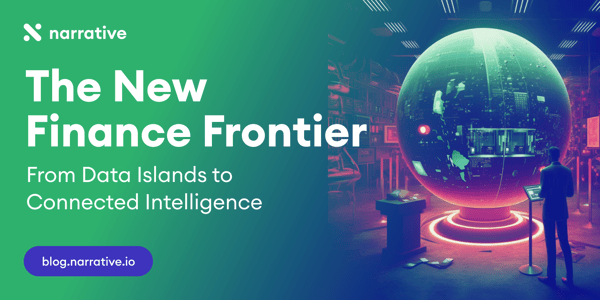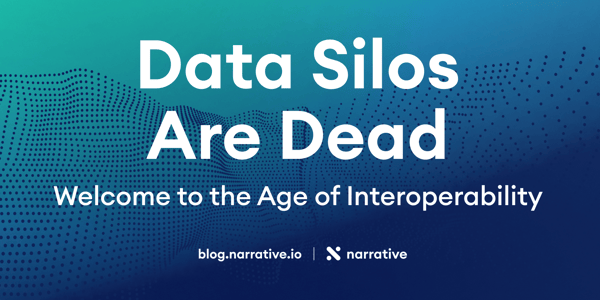The retail industry, pulsating with diverse data streams from e-commerce platforms, supply chains, and customer interactions, is at a pivotal transformation point. Data interoperability, the seamless integration and exchange of data, is the beacon of this revolution. With the advent of user-friendly software and AI assistants, the barriers of technical expertise are crumbling, offering a fertile ground for innovation and efficiency.
The Power of Data Interoperability
Imagine a retail world where every data point, from inventory levels to customer preferences, communicates harmoniously. Data interoperability allows this integrated dialogue, transforming siloed information into a cohesive, powerful asset. Retailers can leverage this unified data to craft personalized shopping experiences, optimize inventory management, and forecast trends with unprecedented accuracy.
AI and No-Code Interfaces – The Catalysts of Change
The fusion of AI-enabled assistants and no-code interfaces with data interoperability catalyzes a shift in the retail landscape. These tools democratize data, enabling users without coding expertise to extract insights, perform complex analyses, and execute tasks through simple commands via a simple chat UI. The outcome? A dramatic escalation in efficiency and decision-making speed, setting the stage for retail innovation.
The Retail Renaissance
Data interoperability, when harnessed through intuitive platforms, ignites a retail renaissance. Retailers can now query across multiple datasets in one fell swoop, unlocking opportunities for cross-industry collaboration, real-time decision-making, and hyper-personalization at scale. The result is not just enhanced operational efficiency but also a profound enhancement of the customer experience.
Let’s look at a hypothetical case study
Imagine a retailer struggling with disconnected data from various channels: online sales, in-store transactions, supply chain logistics, and external data (for example, purchase intent). With the adoption of data interoperability, these isolated datasets can seamlessly integrate, offering a holistic view of the business. In this scenario, the retailer can leverage these integrated insights to align their inventory with real-time sales data, drastically reducing overstock and understock. Furthermore, imagine this retailer utilizing the unified data to craft personalized marketing campaigns, increasing customer engagement significantly. By executing a single query across all datasets, they could uncover a previously unnoticed niche market, leading to the conceptual launch of a highly successful targeted product line. This illustrative case study exemplifies the transformative power of data interoperability in retail, turning data into a strategic asset that can lead to significant business improvements and innovative breakthroughs in the dynamic retail sector.
The Narrative Edge
As we envision the future of retail, it's evident that data interoperability is not just an option but a necessity for staying competitive. Narrative's data collaboration platform, equipped with our Rosetta Stone technology, embodies this vision. It standardizes and normalizes data across company accounts and industries, ensuring it's interoperable and actionable.
The retail industry is on the cusp of a data-driven revolution, with interoperability as its cornerstone. By embracing easy-to-use software and AI assistants, retailers can unlock the full potential of their data, propelling them toward unprecedented innovation and growth. At Narrative, we're committed to powering this transformation, making data collaboration accessible, efficient, and universal. Join us in shaping the future of retail, where data knows no bounds and possibilities are limitless.



